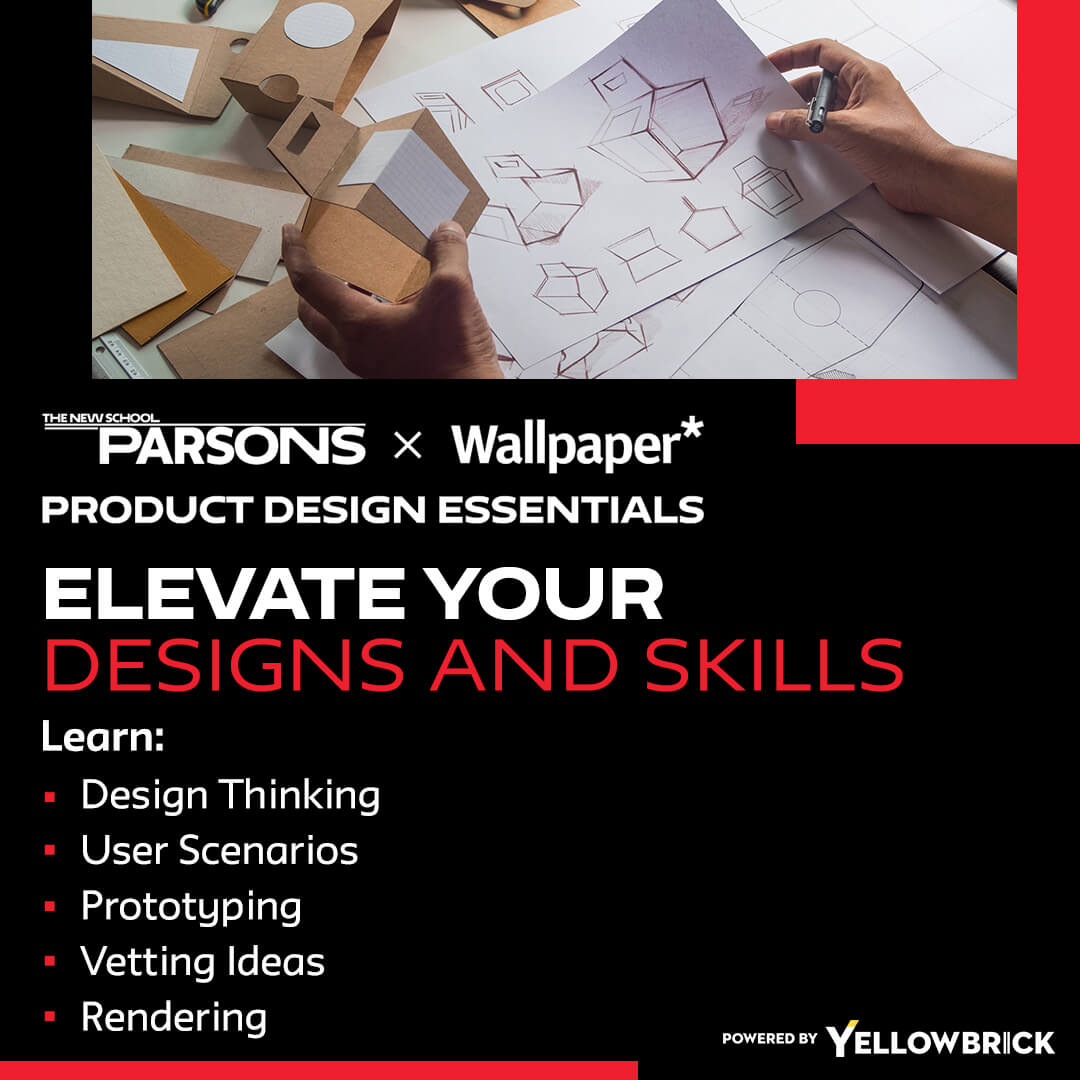Empathy: Understanding User Needs
Empathy is at the core of design thinking. By empathizing with users, designers gain valuable insights into their needs, preferences, and pain points. This deep understanding allows designers to create solutions that truly resonate with users and address their specific challenges.
Define: Reframing the Problem
After gaining empathy for users, the next step in the design thinking process is to define the problem statement. This involves reframing the problem in a way that focuses on addressing the root cause and identifying opportunities for innovation. Clear problem definition sets the stage for generating creative solutions.
Ideate: Generating Creative Solutions
Ideation is a crucial phase in design thinking where designers brainstorm and generate a wide range of ideas to solve the defined problem. By encouraging divergent thinking and suspending judgment, ideation sessions can lead to innovative and unconventional solutions that may not have been considered otherwise.
Prototype: Bringing Ideas to Life
Prototyping is about transforming ideas into tangible representations that can be tested and refined. Prototypes can range from simple sketches and wireframes to interactive mockups and physical models. By prototyping early and often, designers can gather feedback, iterate on their ideas, and refine their solutions.
Test: Iterating Based on Feedback
Testing is an essential part of the design thinking process that involves gathering feedback from users and stakeholders on the prototypes. By observing how users interact with the prototypes and collecting their input, designers can identify what works well and what needs improvement. This iterative feedback loop informs further refinements and ensures that the final solution meets user needs effectively.
Design thinking is not limited to the field of product design; it can be applied to a wide range of industries and disciplines. From healthcare and education to technology and business, design thinking offers a versatile framework for approaching complex challenges and driving innovation.
Design Thinking in Business
In the business world, design thinking has emerged as a powerful tool for driving organizational innovation and growth. By applying design thinking principles to business challenges, companies can uncover new opportunities, improve customer experiences, and foster a culture of creativity and collaboration among employees.
Design Thinking in Education
In the field of education, design thinking is transforming how students learn and solve problems. Educators are integrating design thinking methodologies into their curriculum to empower students with critical thinking skills, creativity, and a problem-solving mindset. Design thinking in education encourages students to approach challenges with empathy, curiosity, and a willingness to experiment.
Design Thinking in Healthcare
In healthcare, design thinking is revolutionizing the patient experience and driving improvements in care delivery. By applying human-centered design principles, healthcare providers can better understand patient needs, streamline processes, and enhance the overall quality of care. Design thinking in healthcare has led to innovations in medical devices, patient communication, and healthcare facility design.
Design Thinking in Technology
The tech industry has embraced design thinking as a way to create user-friendly products and services that meet the needs of a diverse user base. By incorporating design thinking into the product development process, tech companies can design intuitive interfaces, enhance user experiences, and differentiate their offerings in a competitive market. Design thinking in technology emphasizes user research, prototyping, and iterative testing to drive product innovation.
Design Thinking in Social Impact
Design thinking is also being used to address complex social challenges and drive positive change in communities around the world. Social impact organizations are applying design thinking methodologies to develop innovative solutions to issues such as poverty, healthcare access, environmental sustainability, and education equity. By collaborating with stakeholders and leveraging design thinking tools, these organizations can create sustainable solutions that have a lasting impact on society.
Conclusion
As we explore the diverse applications of design thinking across industries, it becomes evident that this human-centered approach to innovation has the power to transform the way we solve problems, drive creativity, and shape the future of design and innovation.
Key Takeaways:
- Design thinking is a human-centered method focused on empathy, creativity, and iterative problem-solving.
- Core steps: empathize, define, ideate, prototype, and test.
- Widely applied in business, education, healthcare, technology, and social impact to drive innovation and improve user experiences.
To further enhance your skills in design thinking and innovation, consider enrolling in the Parsons Product Design Essentials online course and certificate program offered by Yellowbrick. This program can equip you with valuable insights and practical knowledge to excel in applying design thinking principles in your projects and endeavors.








